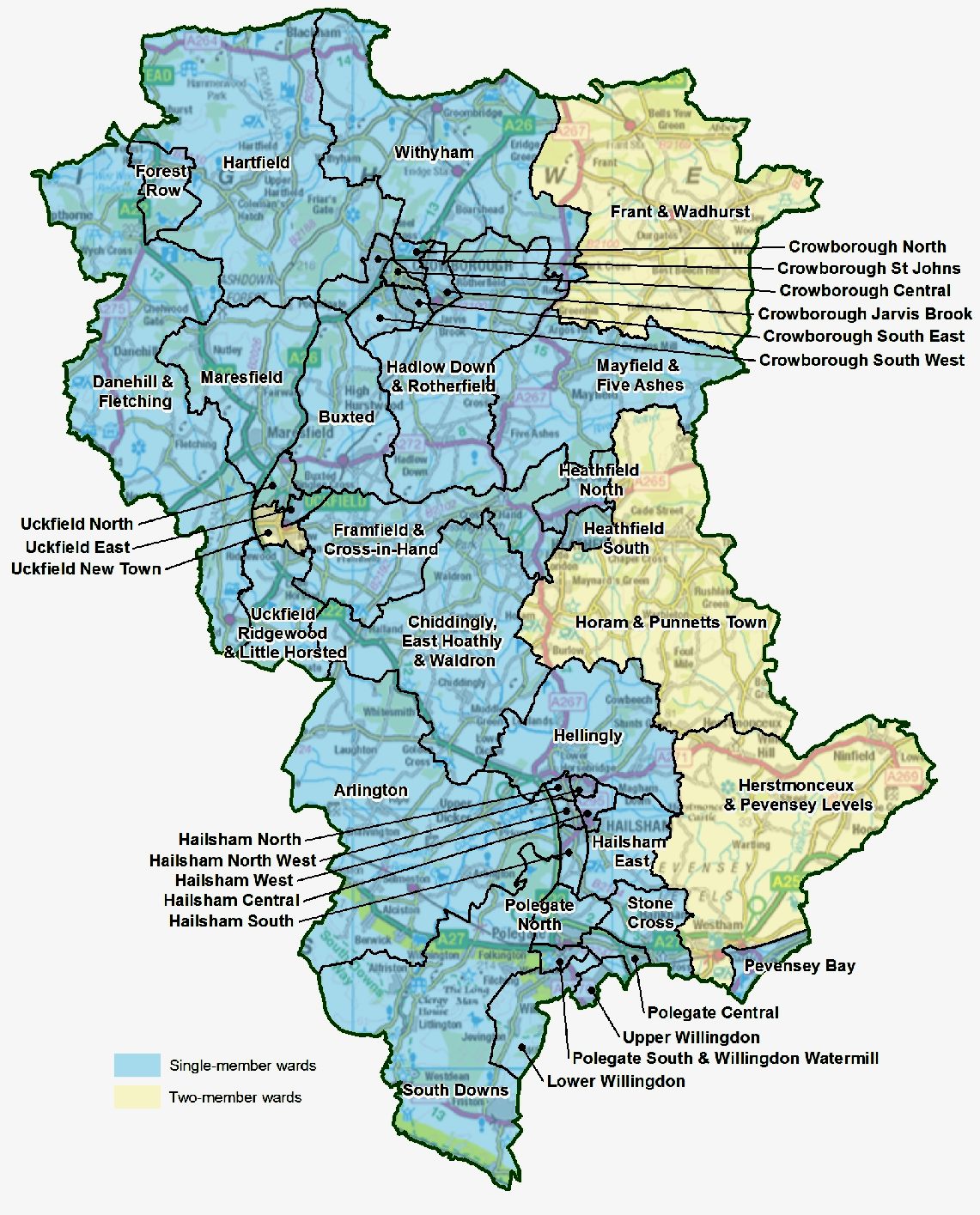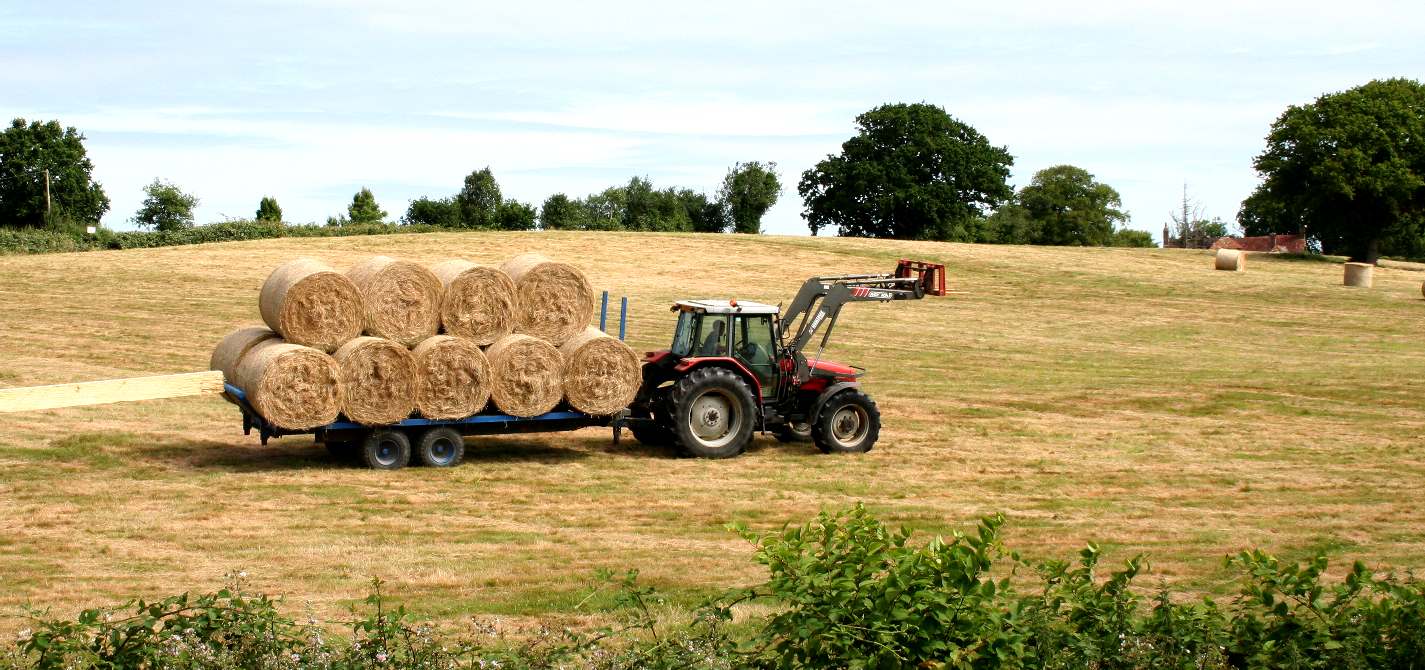|
COMMUNITY INFRASTRUCTURE
AFFORDABLE | CLIMATE | DEVELOPERS | ECONOMY | FLOOD | HISTORY | HOMES LADDER | MORALS | POVERTY | PROPERTY | SLAVERY | TAXES | SLUMS | VALUATIONS | WEALTH
|
The
British Government is keen to support and encourage individuals and communities who want to build their own homes, and is taking proactive steps to stimulate the growth of the self build market. One measure to help self builders has been to grant them an exemption from the Community Infrastructure Levy.
THIS IS HOW TO AVOID THE COMMUNITY INFRASTRUCTURE LEVY (CIL)
After campaigning from the self build community (largely led by the National Custom and Self Build Association) an exemption
from the Levy was agreed in 2014. It declared that schemes of under 10 units and 1,000m² gross floorspace, commissioned by individuals for their own use, would be exempt from the payments. To make sure you are not charged, you must:
SHOULD A COUNCIL INSIST ON A CIL CONTRIBUTION
The authority will need to be able to show why they consider that the proposed levy rate or rates set an appropriate balance between the need to fund infrastructure and the potential implications for the economic viability of development across their area.
What
this means is that for affordable housing any council is going to find
it extremely difficult to justify asking for any contribution.
WHAT NEXT ?
Map of the Wealden District
LINKS
https://www.fwi.co.uk/business/UK-farmland-will-be-cheaper-in-2020-than-now-says-savills.htm http://www.rics.org/uk/knowledge/glossary/agricultural-land-prices/ https://www.farminguk.com/news/UK-farmland-values-fall-by-an-average-of-10-in-12-months_47618.html http://www.uklandandfarms.co.uk/agricultural-land-prices-news/land-accounts-for-over-half-of-UK-net-worth/
FARMING - The backbone of any society is the production of food to feed the population, though these days much of what we eat is imported from other producers, such as fish farmed in Asia. We can no longer find enough fish locally having exhausted our fisheries. Agriculture is also changing where we have drained the soil for so long with artificial fertilizers that yields will fall, meaning a shift to obtaining protein from the sea - but unfortunately we are disposing of around 8 millions tons of plastic in our seas - poisoning marine life that we need to keep us nourished. Food security is therefore high on the United Nations agenda via the Food and Agriculture Organization.
|
|
AFFORDABLE | CLIMATE | DEVELOPERS | ECONOMY | FLOOD | HISTORY | HOMES LADDER | MORALS | POVERTY | PROPERTY | SLAVERY | TAXES | SLUMS | VALUATIONS | WEALTH
|



